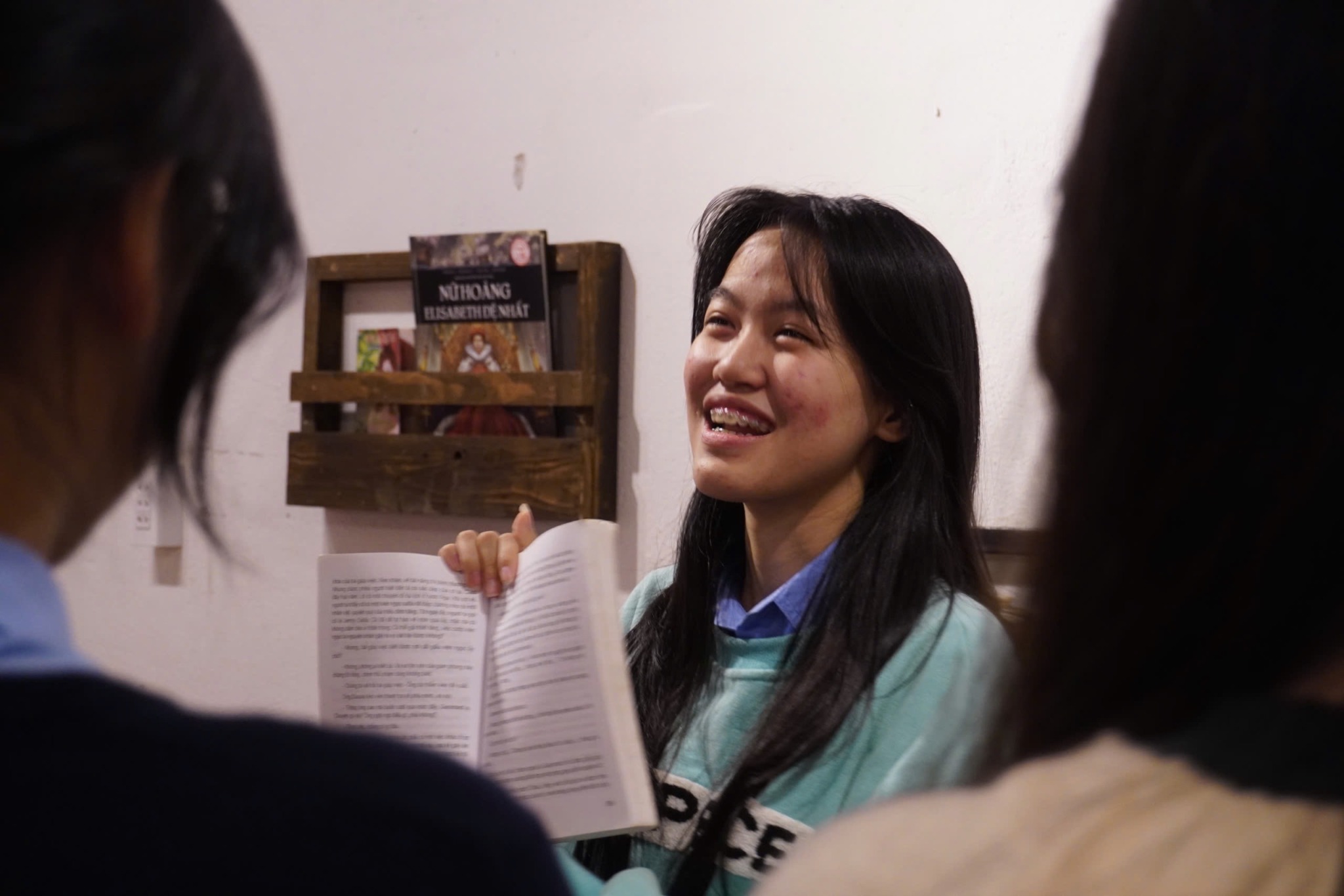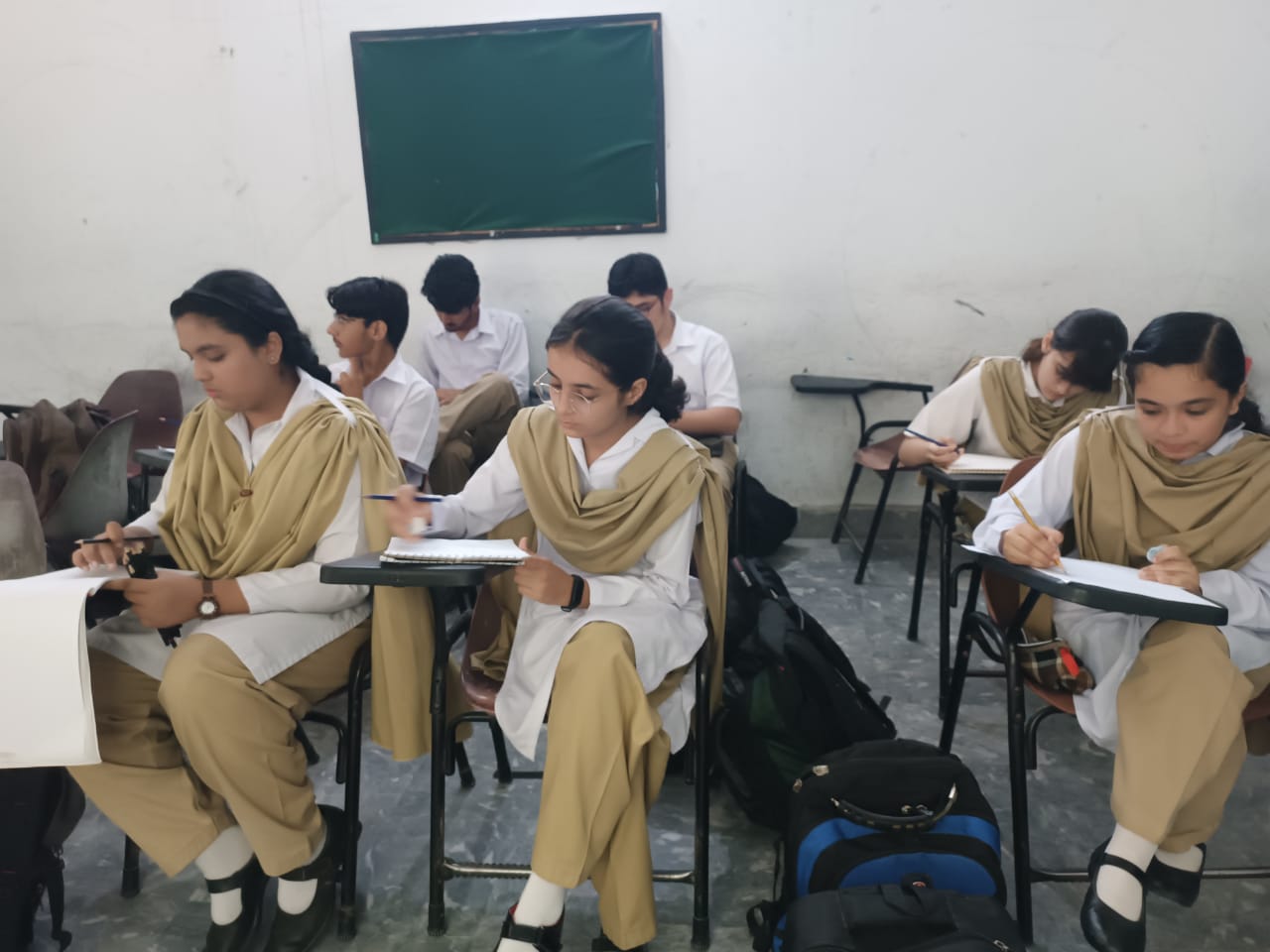We recently connected with Nora Sun and have shared our conversation below.
Hi Nora, thanks for joining us today. Can you share an important lesson you learned in a prior job that’s helped you in your career afterwards?
Throughout high school, I was interested in developing solutions to healthcare issues using technology. I was always drawn towards implementing the newest and most exciting discoveries, proposing projects to improve patient quality-of-life that involved artificial intelligence, brain-computer interfaces, and such. Over time, however, I recognized that my target audience showed a hesitancy to adopt the most complex, cutting edge innovations. What they wanted was not some fancy AI-powered gadget, but a simple tool they could incorporate into their lives with the minimal number of changes to their lifestyle possible. While the newest inventions were appealing to me as a scientist, I was metaphorically recommending a bulldozer for a job that could be done with a hammer. Thus, over time, I learned to instead place greater emphasis on researching the lifestyle of my target audience and develop the most convenient and effective solutions for them.

Nora, love having you share your insights with us. Before we ask you more questions, maybe you can take a moment to introduce yourself to our readers who might have missed our earlier conversations?
The past decade has witnessed an explosion in digital mental health resources (e.g. mobile apps and websites, online support groups, and webinars). While these resources represent an innovative way to provide mental healthcare, the vast majority of these resources are tailored for well-resourced patients or settings and available only in the English language.
Led by students from Harvard and MIT, mercuri.world is built on the belief that digital innovation is the key to breaching gaps in mental health access. We are a collective of over 100 activists, researchers, engineers, and creatives based in over a dozen nations. We develop and curate evidence-based digital mental health tools and disseminate them through our network of outreach directors and 35 chapters and digitally through social media.
We prioritize ensuring that our solutions are practical and can be adapted to varying levels of infrastructure. Thus far, we have identified and curated a database of over 400 mental health resources and tools in over a dozen languages, including screeners, workshops, awareness posters, clinical documents and guides, and videos, and we are building several other initiatives to improve quality-of-life for people with mental illness.

Any advice for growing your clientele? What’s been most effective for you?
The digital presence of your organization is key to growing your clientele in the 21st century. Founders tend to overlook the importance of having a user-friendly website or professional social media feed with design elements that suggest that your business or initiative is a leader in your field. In the digital age, first impressions will be formed through potential clients browsing your website or coming upon one of your social media posts. By critically considering the visuals of peer businesses or initiatives in your field (e.g. do they use sleek, sci-fi visuals, or cartoonish and friendly visuals?), you can effectively signal to potential clients that you can be trusted to provide excellent service in this field, boosting your conversion rate.

Training and knowledge matter of course, but beyond that what do you think matters most in terms of succeeding in your field?
Interfacing frequently with your target audience is key for succeeding in any nonprofit (or for-profit) field. Through interacting with your target audience, you can gain insights on how to most effectively reach them and provide the best services for them. Though it may seem obvious, many founders neglect to go through the proper steps to understand their target audience, instead making assumptions about what they want. Through implementing focus groups or client interviews, you can gain a better understanding of where your target audience gets information (e.g. a teenager might get information from social media, while elderly people may get information from word-of-mouth or community flyers), what leads them to deem a organization as trustworthy, and what impact they want to see from using your service.
Contact Info:
- Website: https://mercuri.world/
- Instagram: mercuri.world
- Linkedin: https://www.linkedin.com/company/mercuri-world

Image Credits
Zoya Khan, Dam Ha Ngan, Fani Mo, Shahid Thurkey


